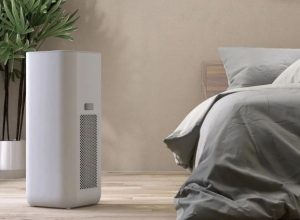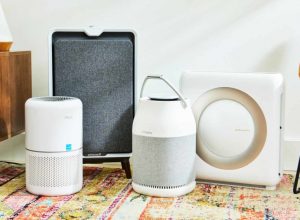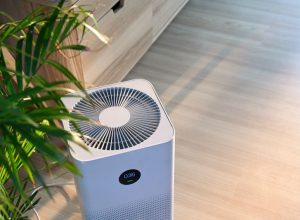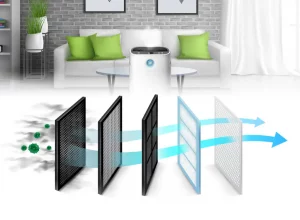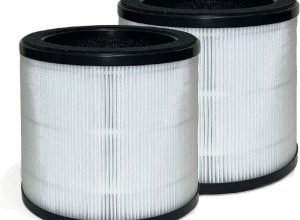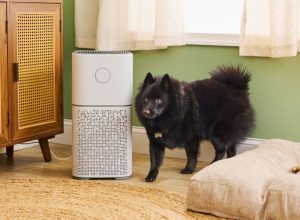Contents
Understanding Household Odors
Household odors can arise from various sources, such as cooking, pets, smoke, mold, and even household cleaners. These odors can be unpleasant and sometimes even indicative of underlying issues, such as poor air quality or the presence of harmful pollutants. To effectively mitigate these odors, it is essential to understand the contributing factors and how air purifiers can address them.
The Science Behind Air Purifiers
Air purifiers are devices designed to remove contaminants from the air in a room. They primarily work by utilizing filtration systems that capture particles, allergens, and odors. The effectiveness of an air purifier in eliminating household odors is determined by its filtration technology.
Types of Filters
Many air purifiers employ various filtration technologies, but the most relevant ones for odor removal include:
- HEPA Filters: High-Efficiency Particulate Air (HEPA) filters are designed to capture particles as small as 0.3 microns, including dust, pollen, and pet dander. While HEPA filters primarily target particles, they can indirectly help reduce odors by eliminating the source of foul smells.
- Activated Carbon Filters: These filters are made from activated carbon, which has a porous structure designed to absorb gaseous pollutants and odors. Activated carbon filters are especially effective at removing volatile organic compounds (VOCs), cooking odors, and smoke smells.
- Ionizers: Ionizers release negatively charged ions into the air, which attach to positively charged particles (like dust and allergens), causing them to fall to the ground. Although ionizers can help clear the air, they may produce ozone, which can be harmful at high levels.
- UV-C Light: Some air purifiers include UV-C light technology, which targets bacteria and viruses, potentially reducing odors caused by microbial growth.
Mechanisms of Odor Elimination
Air purifiers employ various mechanisms to eliminate odors, largely depending on the filter type. Understanding these mechanisms sheds light on how effectively they can address household smells.
Absorption and Adsorption
Activated carbon filters utilize the principles of absorption and adsorption to remove odors. Absorption refers to the process where a substance penetrates another material, while adsorption involves the accumulation of molecules on a surface. The porous nature of activated carbon allows it to trap odors and VOCs, significantly improving indoor air quality.
Filtration
HEPA filters effectively filter larger particles that can hold odoriferous compounds. By removing dust and allergens, HEPA filters indirectly contribute to a fresher smelling environment. For instance, removing dust can eliminate musty smells often associated with stagnant air.
Real-World Examples of Odor Issues Addressed by Air Purifiers
Cooking Smells
Cooking can leave behind lingering smells from fried foods, spices, or burnt items. An air purifier with an activated carbon filter can minimize these odors, making the cooking space more pleasant. For instance, if someone cooks with garlic, a robust air purifier can effectively neutralize the strong odor within minutes.
Pet Odors
Homes with pets often experience odors from dander, urine, and general animal activity. An air purifier equipped with HEPA and activated carbon filters can greatly reduce pet-related odors. For example, a household with multiple dogs may find that using a high-capacity air purifier helps maintain a fresher indoor environment.
Smoke Odors
Smoke from cigarettes or indoor fireplaces can leave strong odors that are difficult to remove. Air purifiers with both HEPA and activated carbon filters work effectively to capture smoke particulates and absorb the associated smells, thus providing relief to inhabitants.
Choosing the Right Air Purifier for Odor Elimination
When selecting an air purifier for odor elimination, consider the following factors:
- Filter Type: Choose an air purifier with a combination of HEPA and activated carbon filters for optimal results.
- Room Size: Ensure the air purifier is rated for the size of the space where it will be used.
- Filter Replacement Schedule: Select an air purifier with easily replaceable filters and maintain a regular replacement schedule to ensure peak performance.
- Noise Level: Verify the noise level of the unit, especially if it will be used in bedrooms or living areas.
Conclusion
Air purifiers serve as an effective solution for eliminating a variety of household odors. By employing advanced filtration technologies, particularly those utilizing HEPA and activated carbon filters, these devices significantly improve indoor air quality, creating a more pleasant living environment. From cooking smells to pet odors, air purifiers address the root causes of unpleasant smells, providing a cleaner and fresher space for you and your family.

